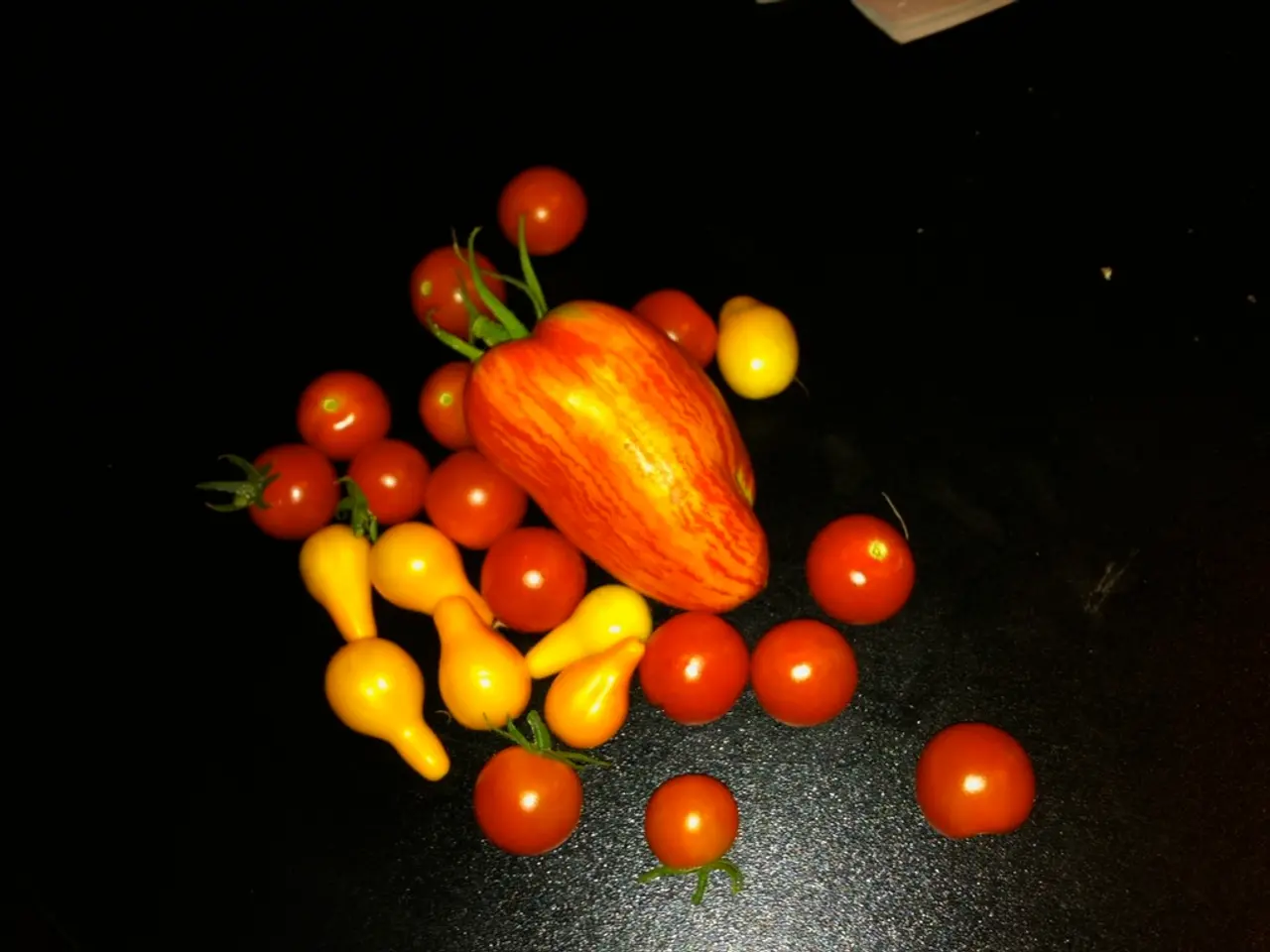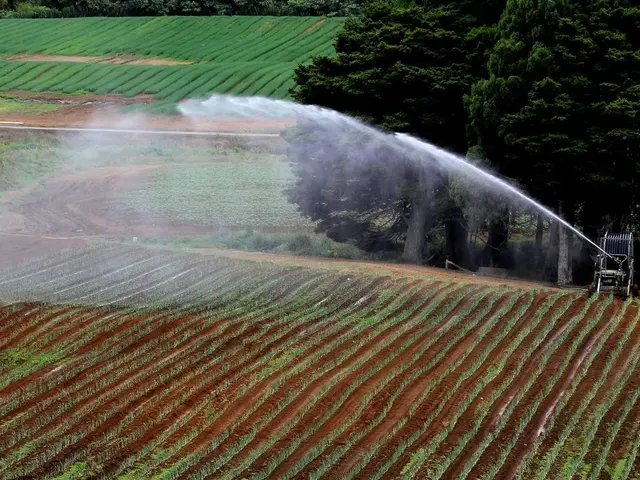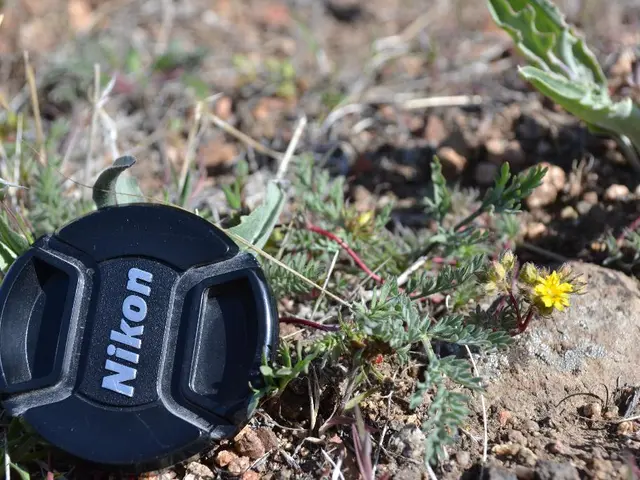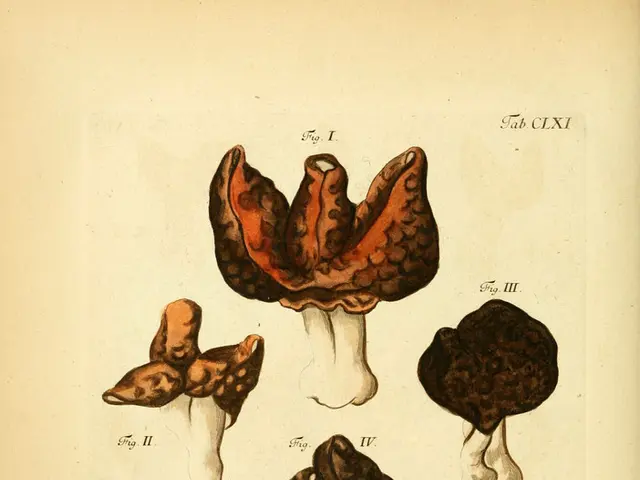Cultivating Tomatillos Comprehensively: An All-Encompassing Manual
Growing the Zesty Husk Tomatoes: A Guide to Tomatillos
Tomatillos, these little green gems, native to Central America, are a must-have for any garden. They might resemble tomatoes, but don't be fooled - their flavor takes a detour into bright, citrusy, and slightly herbal territory. Perfect for green sauces, salsas, and Mexican dishes like wet burritos and chicken chimichangas, tomatillos deserve a spot in your garden. Let's dive into how to grow these tasty treats.
Tomatillo: Not Your Average Tomato
While the name gives a nod to its tomato roots, growing tomatillos is a different ball game entirely. Unlike tomatoes, tomatillos grow on vines, enclosed in a papery husk called the calyx. Don't be surprised if you hear them referred to as husk tomatoes due to this unique shell. And their flavor profile? More on that later.
Varieties Galore
From Tomatillos Verde and its high productivity, to the lovely purple counterpart, Tomatillo Purple, with its shorter growing season and sweeter fruit, there's a tomatillo for every green thumb. Baker Creek, a favorite seed company among gardening enthusiasts, carries a variety of tomatillo types, making your farming adventure even more exciting.
Seed Time is Here
Starting your tomatillo seeds indoors is the way to go, since they have a long growing season. Generally, you'll aim to start the seeds about 6 to 8 weeks before your last frost date. To find out when that is, use this calculator.
Just like any other seed, plant tomatillo seeds at around 1⁄4" deep, in 2-3 seeds per pot, thin them after they germinate in about 7-14 days, and grow them to about 2" tall before picking the strongest seedling to save, with the rest heading to the compost pile. Tomatillos love warmth (just like peppers), so providing a heat mat or ensuring the temperature is above 70 ̊F will help encourage germination.
Transplant Time
Once your tomatillo seedlings are about 2-4" tall, it's transplant time. Move them into a larger container and continue to increase container size until they're ready for the garden. Remember to harden your seedlings off for a few days before transplanting them into the garden by setting them out for a couple of hours the first day and gradually increasing their outdoor time until they can spend a full day there.
Your tomatillo plants should be about 5-6" tall when you're ready to transplant them into the garden. Make sure the threat of frost is gone and your nighttime temps aren't dipping below 55 ̊F. If frozen temperatures are a possibility, prepare to protect your plants with a tunnel or other means.
Tips for Growing Tomatillos
- Tomatillos prefer rich, well-drained soil, similar to what tomatoes love. However, they don't fare well in overly wet conditions.
- These guys are full sun plants, needing at least 6-8 hours of sunlight each day to thrive.
- When transplanting, space the plants about 18-24" apart and have 3-4 feet between rows. Providing support like trellises or traditional tomato cages will keep your vines off the ground and growing strong.
- Tomatillos need at least two plants for cross-pollination to produce fruit; they do not self-pollinate.
- For the best yield, experiment with companion plants like marigolds, nasturtiums, carrots, onions, broccoli, and members of the brassica family to encourage pollinators and pest-repelling plants.
Common Pests and Diseases
While tomatillos are generally pest- and disease-resistant, it's essential to be vigilant. Just keep an eye out for hornworms, cutworms, three-lined potato beetles, and whiteflies. If you encounter any issues, dealing with them promptly can help minimize damage.
Harvesting and Storing
When mature fruit fills out the husk and turns green, it's ready for harvest. Harvest tomatillos just like you would tomatoes, by gently pulling them from the vine. Ripe tomatillos can be stored in their husk in a paper bag in a cool place (around 55-60 ̊F) for up to 2-3 weeks.
Alternatively, frozen tomatillos can last up to 6 months when stored whole in freezer-safe containers after removing the husk and rinsing. Happy growing, and may your garden overflower with these tasty treats!
Other Growing Guides You'll Love:
- How to Grow Tomatoes
- How to Grow Broccoli
- How to Grow Peas
Canning a variety of garden produce, including home-grown tomatillos, can be part of an exciting home-and-garden lifestyle, broadening your culinary horizons with unique flavors. As tomatillos mature and fill their husks, preserving them through canning ensures their zesty taste is available year-round for favorite dishes like salsa or green sauces.
To maintain the freshness of canned tomatillos, choose the optimal lifestyle practice of storing them properly. Properly canned tomatillos can last up to 12 months in a cool, dark place, making them a great addition to any pantry for a touch of gardening's bounty throughout the year.








